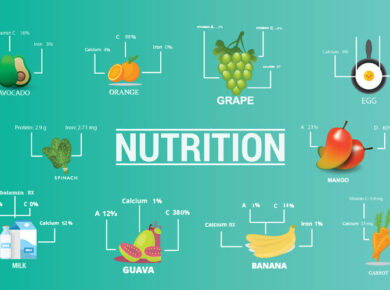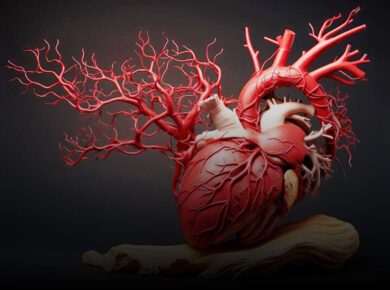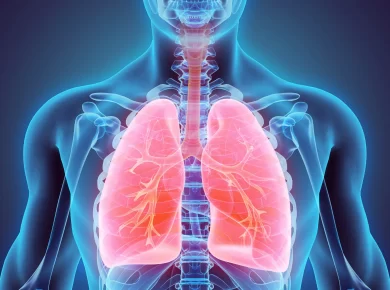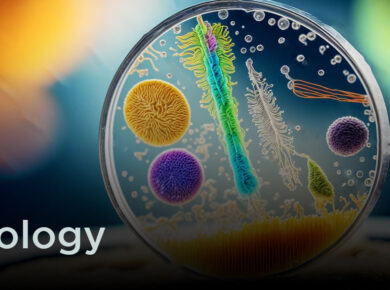Types of Immunity
There are two main types of immunity (i) Natural or innate (i.e. genetic, form birth), and (ii) Acquired (i.e. developed during lifetime)
A. Natural or Innate Immunity
A healthy individual himself from potentially harmful microorganisms by a number of very effective mechanisms. Theses mechanisms are termed innate or natural immunity. Innate defence consists of three main components
- Physical barriers (preventing entry of germs)
- Phagocytic cells (Dealing with germs which enter) and
- Soluble components (complements)
(1) Physical Barriers Biology
It is the first line of defence. It means preventing the entry of pathogens into the body skin: The outer tough layer of skin is formed of keratin and is almost impermeable to germs. Sebaceous glands in the skin generate an acidic environment by producing lactic acid which kills many pathogens.
Epithelial lining of various organs: The respiratory tract, the alimentary tract (the gut) and the urino-genital tract have an exterior epithelial cell layer covered by a protective mucous lining. In the respiratory tract, cilia covering to the external surface of the epithelial cells continually beat upwards towards the has opharynx and this helps to expel particles and pathogens. Epithelial cells are constantly renewed and their removal expels pathogens lodged on their surface.
Body secretions: Body secretions such as sweat and secretion from eyes also ward off pathogens. Other body fluids contain molecules which are bactericidal that is capable of killing bacteria (e.g. spermine in seminal fluid, hydrochloric acid in gastric juice, etc.).
(ii) Phagocytic Cells
When the micro-organisms or inert particles such as colloidal carbon enter the tissue fluid or blood stream, these are very rapidly engulfed and destroyed by phagocytic cells. Such cells may either be circulating in body fluids or may be fixed in some tissues. This phenomenon is called phagocytosis (literally meaning eating by the cell). The engulfment and destruction digestion of microorganisms is assigned to two major types of cells named as microphages and macrophages.
- Microphages are the polymorphonuclear leucocytes (or neutrophils which are white blood cells) smaller in size and short-lived.
- Macrophages are mononuclear phagocytes large in size and long lived. These are found in virtually all the organs and tissues. But particularly these are found in large numbers in lung, liver and spleen.
Important features of Phagocytic cells
- They are actively phagocytic
- They contain digestive enzymes to breakdown engulfed material.
- They are an important link between innate and acquired immunity (described below). These pass on antigen or their products to the lymphoid cells for their further processing.
B. Acquired Immunity
It is the immunity mediated by lymphocytes and characterized by antigen specificity and memory.
An acquired immunity may be brought about in an individual in two main ways:
- By infection so that antibodies are produced against the infective agent and by deliberate artificial immunization. This is termed actively acquired immunity.
- By transfer from an actively immunized individual through blood, serum component etc. This is called passively acquired immunity.
(i) Actively acquired immunity
Actively acquired immunity due to infection falls into two general categories
(i) some infections, such as diphtheria, whooping cough, smallpox and mumps usually induce a life time immunity i.e. a patient once recovered does not get the disease subsequently. (ii) Other diseases such as common cold, influenza, bacillary dysentery and pneumococcal pneumonia confer immunity for a shorter period, sometimes only for a few weeks.
(ii) Passively acquired immunity
It may be developed in the following ways
- Transfer of antibodies (e.g. IgG) from mother into foetus across the placenta.
- Breast fed children also receive antibodies from the mother’s milk.
- Pooled human immunoglobulin is also used as source of antibody in a number of cases including measles infection and infectious hepatitis.
- Human immunoglobulin is also given to patients with a congenital inability to make antibody globulin. Immunity (Medicine)
For more updates about Types of Immunity, visit www.iasmania.com. Please share your thoughts and comments.










